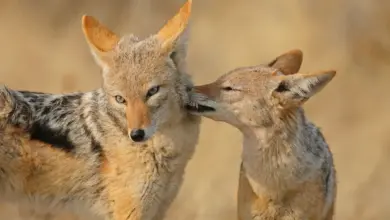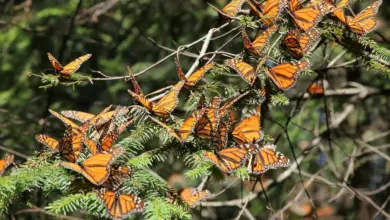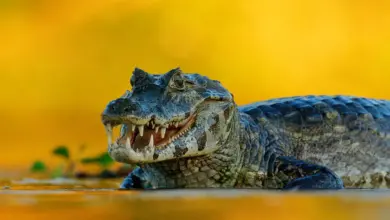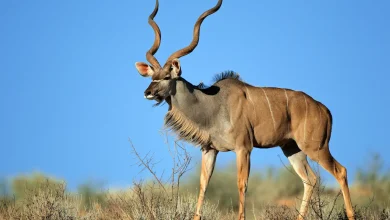What Eats A Japanese Beetle?
What Eats A Japanese Beetle? What Do Japanese Beetles Eat?
The Japanese beetle is an invasive insect that has become established in many regions of North America.
It threatens agriculture and gardens, where it feeds on over 300 plant species as an adult. But the Japanese beetle has its natural predators that help keep its population and spread in check.
As a grub developing underground, the Japanese beetle has limited exposure to predators. But birds, mammals, and insects all consume the adult beetles above ground. The beetle’s hard protective shell and ability to fly make capture difficult for some predators, though.
Birds
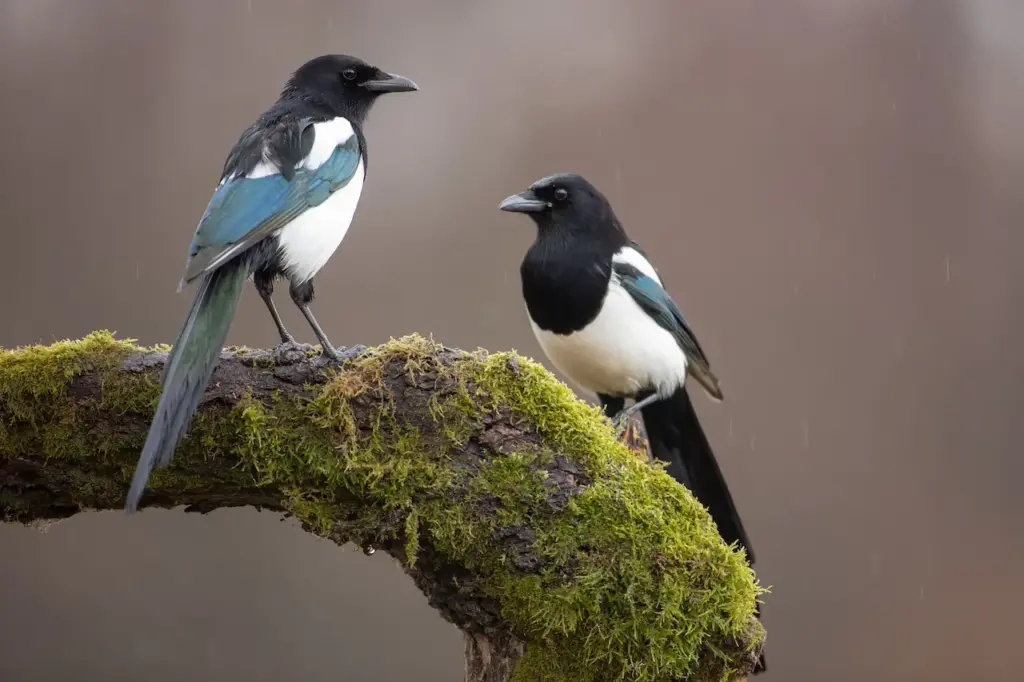
Many bird species prey on the adult Japanese beetle, including jays, magpies, sparrows, starlings, mockingbirds, cardinals, and brown thrashers. However, wild turkeys and chickens rise to the top as the most voracious feathered predators against Japanese beetles.
Turkeys of all kinds enthusiastically chase, peck, and eat the beetles they discover on the ground or vegetation.
Backyard chickens allowed to free range will gorge on the large beetles whenever encountered. They swiftly pick the beetles off plants or snap them up with great excitement as they wander neighboring yards.
The Japanese beetle’s defense mechanism against attacking birds is to drop straight to the ground. But turkeys and chickens still manage to snap up many of the fallen beetles.
These crafty birds even learn to look below plants and attack preemptively to intercept beetles as they let go.
Mammals
A diversity of mammals consume the Japanese beetle, including shrews, moles, chipmunks, squirrels, rats, mice, and bats. But the mammal that eats these large beetles in mass quantities is the opossum.
As nocturnal foragers, opossums patrol yards, forests, and fields under the cover of darkness, seeking out Japanese beetles to prey upon. They detect the beetles by scent and sound as the beetles feed, mate, and move about at night.
An opossum’s 50 sharp teeth easily crush the hard wing covers to access the soft insides – making easy meals for the beetles. Raccoons and skunks also eat Japanese beetles when they stumble across large numbers aggregated on plants.
All these mammal predators help suppress beetle survival through direct consumption. And by preying on large grubs in lawns, mammals reduce the next generation of adults.
Amphibians and Reptiles
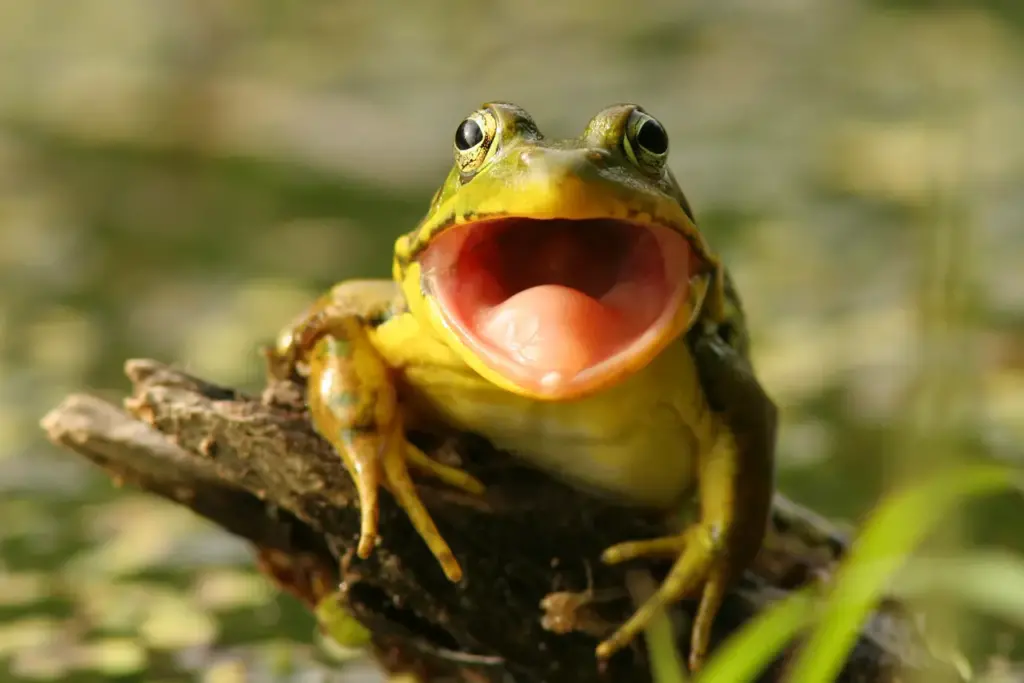
Herpetofauna, like frogs, toads, lizards, snakes, turtles, and salamanders, all consume Japanese beetles when they encounter them.
Their pursuit of the beetles may seem slow compared to warm-blooded predators, but these predators are inadvertently efficient at catching beetles.
Many herps occupy moist habitats favored by the beetles near water and vegetation. Here, they ambush beetles that get careless while feeding and mating.
A quick flick of the tongue or strike captures slower-moving beetles. Consuming just a few pregnant female beetles prevents hundreds or thousands of offspring. Water habitats provide another advantage to amphibians and turtles that prey on aquatic beetle stages.
Japanese beetle grubs developing underground emerge to mate near water. Amphibians and reptiles easily gobble up these mating swarms before they can disperse to continue the next beetle generation.
Insects
A multitude of insect predators feed on the different stages of the Japanese beetle’s life. Most significant are insect parasitoids that transform beetle grubs and adults into an incubator and food source for their own offspring.
Specialist tachinid flies and wasps seek out adult beetles to inject or lay eggs. The eggs then hatch within the living beetles, devouring non-essential organs and tissue as they develop. Eventually, the parasitoid offspring emerge from the beetle husk to continue the cycle.
Other parasitoids target Japanese beetle grubs underground, detecting chemical signatures related to their presence. Almost microscopic wasp larvae develop attached to the exterior of beetle grubs, siphoning nutrients.
Their small size allows the grub host to continue growing, only partially impacted. But once they reach maturity, the dozens of attached wasp offspring rapidly demolish what remains of the grub.
Above ground, a diversity of predatory insects chase, attack, and consume all stages of Japanese beetles. Ground beetles, rove beetles, click beetles, fireflies, ants, hornets, and spiders all exploit feeding opportunities against the beetles.
Their sheer abundance and constant pressure stress the capability to maintain expanding populations.
Pathogens
Bacterial, fungal, and viral pathogens all play a role in suppressing Japanese beetle numbers and spreading endemic crashes.
Specimens infected by pathogens exhibit slowed movement, allowing easier capture by predators. And the pathogens themselves ultimately kill many infected individuals.
Two primary diseases impacting Japanese beetle grubs are milky spore disease and blackhead fungus. Milky spore disease is a bacterium that specialists introduce to soil.
As grubs tunnel underground, they ingest spores that germinate internally, eventually killing the host. Blackhead fungus arises naturally with spores sticking to passing beetles that introduce it underground.
Adult beetles mainly suffer assault from viral and fungal diseases. Insect iridescent virus devastates reproductive capability, causing sterility.
The Entomophaga maimaiga fungus similarly prevents successful breeding overall, decreasing beetle populations season to season where established. Combating grubs and adults, pathogens boost predator consumption.
Fish
As aquatic larvae and terrestrial adults, Japanese beetles face threats from predatory fish at multiple life stages. Minnows, sunfish, trout, bass, catfish, and others all consume beetle larvae developing in freshwater habitats.
Lying in wait along muddy bottoms or poised beneath vegetation, fish ambush larvae enter the water after emergence from the soil.
Adult beetles frequent water areas to feed and mate, becoming easy targets for surface-feeding fish. Rippling water signals helpless beetles trapped in distress, inviting fish to an easy meal. And pregnant females laden with eggs make a particularly nutritious bounty.
Fish predation on both underwater larvae and surface adults helps reduce the numbers of the next beetle generation.
Crustaceans
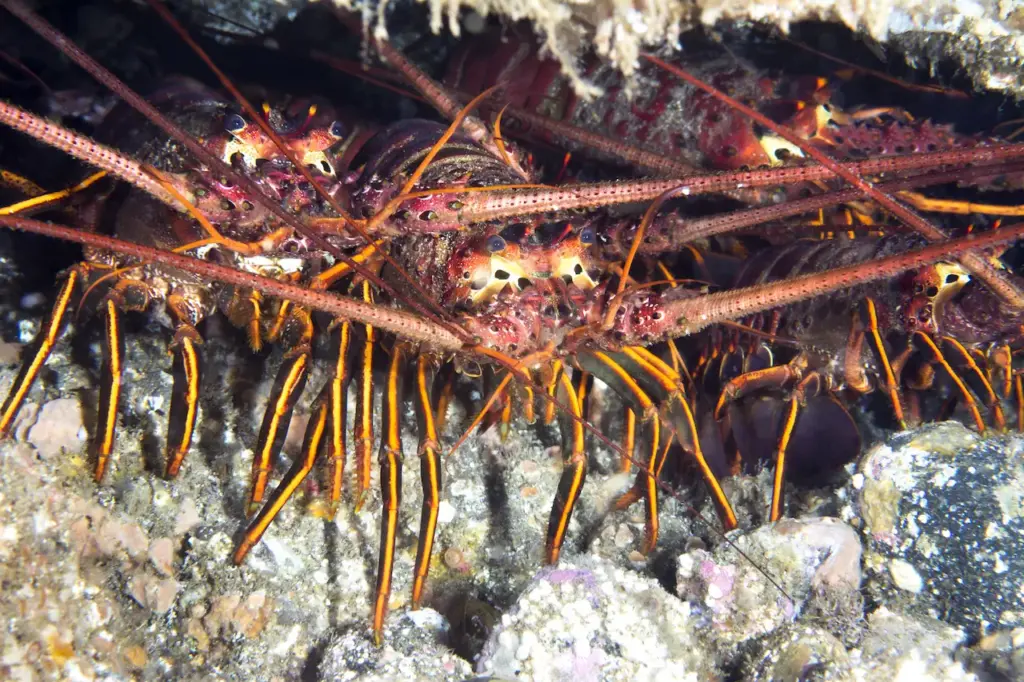
Crayfish, crabs, and lobsters all seize opportunities to feed on Japanese beetle larvae and adults when encountered near aquatic habitats. As opportunistic omnivores, they exploit habitats shared by the beetles to supplement plant and algae diets.
Crustaceans detect Japanese beetles by sensing waterborne odor plumes drifting off vegetation where they feed. Then, they crawl over to investigate the stimulus source, grabbing any beetles within reach.
Burrowing crayfish underground also find soil-dwelling beetle grubs and tasty morsels. Their strong mouthparts easily crush grubs as crayfish tunnels intersect larval paths.
Female beetles landing on water surfaces to lay eggs make easy marks for lobsters lurking just below in ambush, able to snatch victims straight down below the surface.
Nematodes
Microscopic nematode roundworms represent lethal predators and parasites against Japanese beetle grubs developing underground. Specialized species like Heterorhabditis bacteriophora detect grub presence nearby and then enter the body cavity to release symbiotic bacteria.
Toxins and septicemia rapidly kill the host as nematodes feed and reproduce massively inside the cadaver before emerging to seek new grubs.
Above ground, other predatory nematodes rely on entomopathogenic fungus partners to exploit adult beetles. Spores adhere to passing beetles and then germinate, penetrating the exoskeleton and eventually overtaking internal organs.
Killed beetles serve as food sources for the next generation of fungal nematodes transmitted to new insect hosts. Employing varied hunting strategies, Japanese beetles face nematode threats on land and underground!
Conclusion
The Japanese beetle endures assaults from all angles during every life stage. Birds, mammals, reptiles, amphibians, fish, crustaceans, insects, pathogens, and nematodes all consume these invasive pests in their domains.
High reproductive capacity allows beetles to withstand tremendous predation pressure without collapsing. However, combining these predators significantly slows expansion and causes damage across North America.
Ultimately, parasites prove most effective in transforming beetles’ bodies against themselves. Perhaps leveraging digestion externally and from microscopic teeth within provides the best hope of gaining the upper hand in this ongoing battle.

